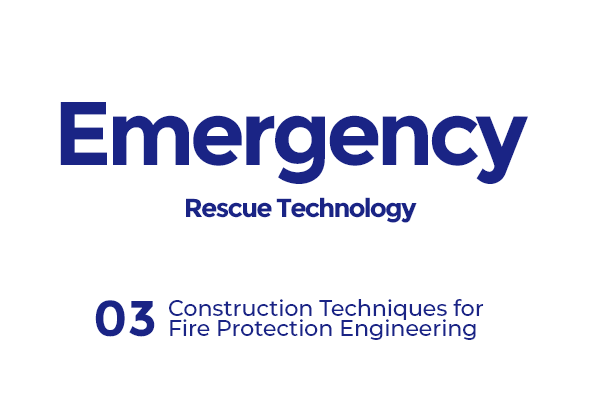TEL:+855 99 294 999
FAX:+855 99 294 999
E-MAIL:catecp@china-asean.cn
Lesson Code: TCEN2025H008
Clicks:
![]()
1. Lecturers TAN XuehuiGuangXi Vocational College of Safety Engineering
2. Lecturers LOU MengweiGuangXi Vocational College of Safety Engineering
3. Lecturers YIN FuchenGuangXi Vocational College of Safety Engineering
4. Lecturers WEI YihanGuangXi Vocational College of Safety Engineering
5. Lecturers GAN GanlongGuangXi Vocational College of Safety Engineering
6. Lecturers DENG JiyingGuangXi Vocational College of Safety Engineering
7. Lecturers ZENG LingqinGuangXi Vocational College of Safety Engineering
8. Lecturers LIU ShujinGuangXi Vocational College of Safety Engineering
9. Lecturers SU XiaoboGuangXi Vocational College of Safety Engineering
10. Lecturers GUO ChaoyanGuangXi Vocational College of Safety Engineering
11. Lecturers PAN XinzhongGuangXi Vocational College of Safety Engineering
![]()
![]()
![]()
1. Corresponding PPT
2. Online Course Video
3. Simulation Question Tanks
![]()


![]()
# Being able to comply with fire protection construction site safety operation protocols and complete the installation, commissioning, and acceptance of fire protection systems.
# Knowing how to operate various tools based on product specifications or user manuals.
# Capable of performing hands-on technical operations such as fire pipeline processing (threading/grooving/cutting), detector installation, and alarm valve group commissioning.
# Capable of identifying common faults during fire protection system installation and correcting them in accordance with relevant standards.
# Being able to develop construction organization plans, quality control schemes, and emergency response plans in line with international engineering management standards.
# Adhering to engineering ethics and strictly following international professional codes of conduct to ensure building safety and safeguard public interest.
![]()
![]()